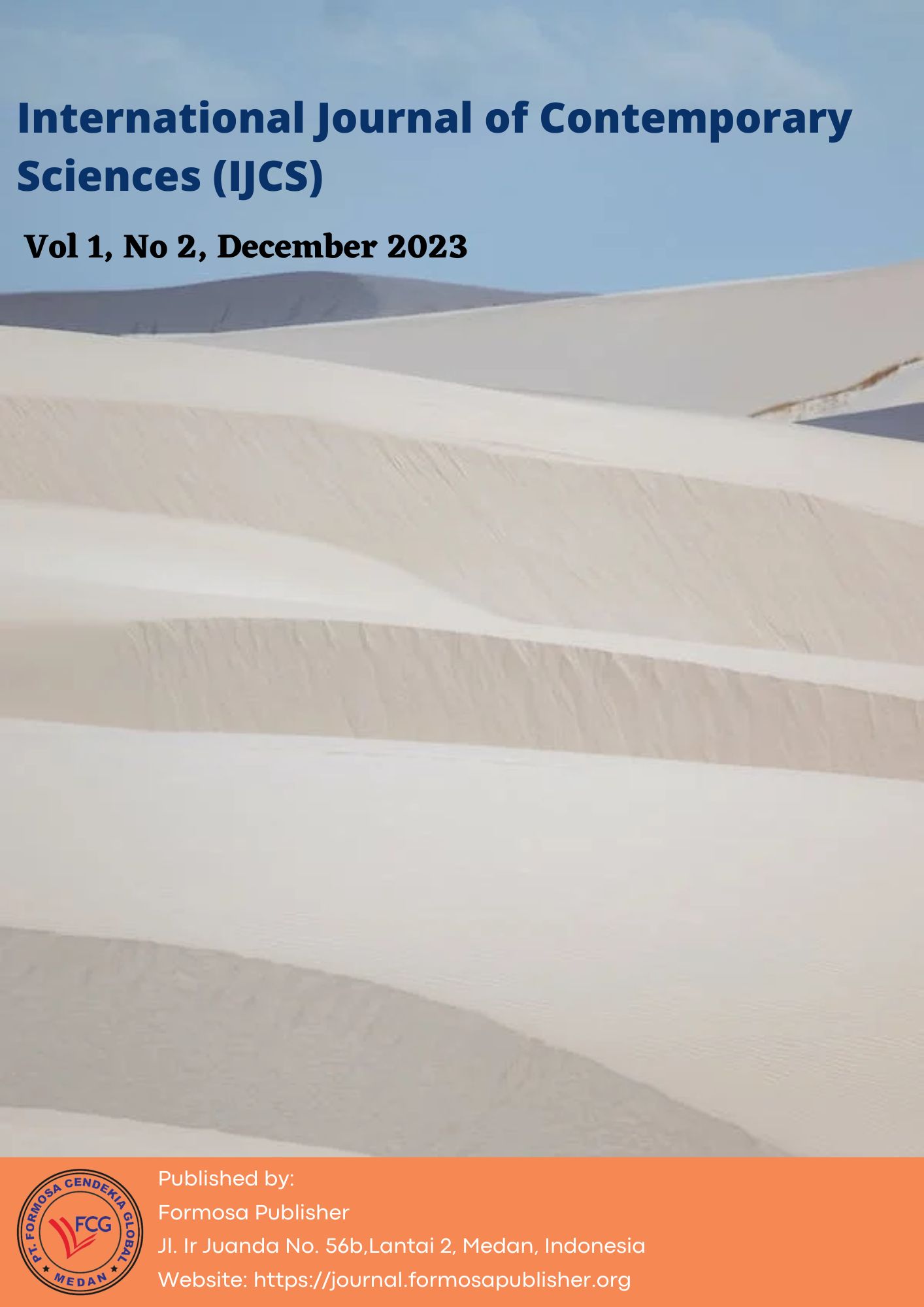Farmakoantartika Literature Study: Bioactivity of Pagodroma nivea on Fossil Deposits from Mujito
DOI:
https://doi.org/10.55927/ijcs.v1i2.7593Keywords:
Literature Study, Bioactivity, Fossil, Pagodro ma nivea, MujitoAbstract
This report investigates the biodiversity of marine animals, focusing on extinct sponge species near Lesbos Island based on Aristotle's descriptions. Mujito, introduced in the literature review, is from the GeoMaud expedition in Antarctica. Various instrumental analysis methods, such as ESI mass spectrometry and NMR, contribute to a comprehensive understanding of the compounds, particularly in the context of Alzheimer's research. The pharmacantarctic literature study concludes that Antarctic Mumijo, particularly from Mujito fossil deposits, holds significant biomedical potential. It exhibits organic components like wax esters with notable biomedical activities, particularly in treating bone diseases. Additionally, Mumijo's composition resembles non-fossil samples, with wax esters dominating and unique components like α-glyceryl fatty alcohol ethers indicating neuroprotective potential. The research suggests promising applications in Oriental medicine, addressing wounds, skin diseases, tuberculosis, respiratory diseases, and neurological conditions like Parkinson's and Alzheimer's. Overall, Antarctic Mumijo showcases diverse biomedical prospects, emphasizing its organic components' therapeutic value
Downloads
References
Aiello, A., Fattorusso, E., Menna, M., Vitalone, R., Schröder, H. C., & Müller, W. E. (2011). Mumijo traditional medicine: fossil deposits from antarctica (chemical composition and beneficial bioactivity). Evidence-based complementary and alternative medicine : eCAM, 2011, 738131. https://doi.org/10.1093/ecam/nen072.
Aristotlelis. (1961). Aristotelis Opera ex recensione Immanuelis Bekkeri. In: Bonitz H, editor. Index Aristotelicus. Berlin, 1870. Berlin, Germany: de Gruyter; pp. 223–259.
Federal Institute for Geosciences and Natural Resources (GBR). (2021). Antarktis__Projekte. Themen. Citited : http:// www.bgr.bund.de/ cln_011/ nn_322990/ DE/ Themen/ MeerPolar/ Polarforsch-ung/ Projekte/ Antarktis__Projekte/GEOMAUD.html
Garedew A, Feist M, Schmolz E, Lamprecht I. (2004). Thermal analysis of mumiyo, the legendary folk remedy from the Himalaya region. Thermochimica Acta.417(2):301–309.
Müller WEG, Batel R, Schröder HC, Müller IM. (2004). Traditional and modern biomedical prospecting: I. The history. Sustainable exploitation of biodiversity (sponges and invertebrates) in the Adriatic Sea at Rovinj (Croatia) Evidence-Based Complementary and Alternative Medicine.1:71–82.
Schepetkin IA, Khlebnikov AI, Ah SY, et al. (2003). Characterization and biological activities of humic substances from mumie. Journal of Agricultural and Food Chemistry. 51(18):5245–5254.
Warham J, Watts R, Dainty RJ. (1976). The composition, energy content and function of the stomach oils of petrels (order, procellariiformes) Journal of Experimental Marine Biology and Ecology. 23(1):1–13.
Downloads
Published
How to Cite
Issue
Section
License
Copyright (c) 2024 Yuneka Saristiana, Fendy Prasetyawan, Ratna Mildawati, Faisal Akhmal Muslikh, Anis Akhwan Dhafin, Susilo Margining Raharjo, Candra Arifin, Abd Rofiq

This work is licensed under a Creative Commons Attribution 4.0 International License.








